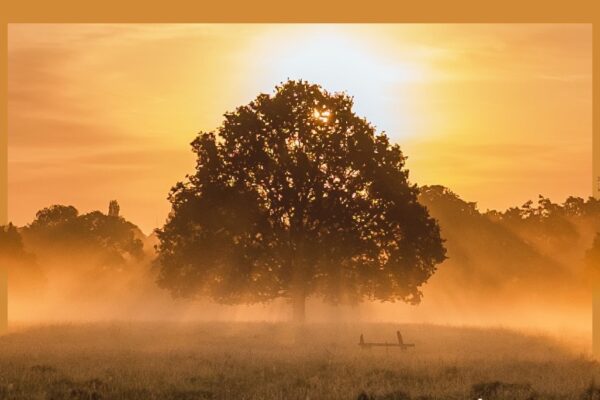Fr Frank O’Loughlin continues to take us on his travels, this time to Padua, Italy. Padua is a most picturesque city located in the heart of the Po Valley, modern and lively it combines historical-cultural heritage, centuries old traditions and faith. Saint Anthony is the patron saint of the city, he spent part of his life in the city and died here in 1231.
Padua is one of the few cities in the world with two UNESCO heritage sites: the Botanical Garden which is the oldest academic garden in the world – created in 1545 and still preserves its original layout – and the fourteenth century fresco cycles painted between 1302 and 1397 by different artists for different types of patron and within buildings of diverse functions. The frescos include Giotto’s Scrovegni Chapel fresco cycle which Fr Frank visited on his recent trip.
The first photo (left) is of the roof of the Baptistry in Padua. As was the case in early centuries, the Baptistry was a separate building to the Cathedral. As you can see, it is a magnificent building which is covered by scenes which depict what those being baptized are entering into. They are surrounded by these images of the Lord and of those gathered around Christ in glory. Baptistry in the Middle Ages were both religious and civic buildings because it was in the Baptistry that the people of Padua became not only Christians but, given the thinking of the time, they became Paduans.
Photo two (centre): This is an image of the Last Supper in Giotto’s Scrovegni Chapel in Padua. Notice that all the disciples have got black halos! It is only after Pentecost that Giotto paints them with golden halos. It is his comment on the importance of the coming of the Holy Spirit.
Photo three (right): Well now this is Giotto’s image of Hell. It takes up the bottom right hand corner (as we look at it) of his image of the afterlife. His image of heaven is very serious and beautiful. Look at his image of Hell, however; is it not rather like a cartoon?
Is Giotto having a bit of a laugh in this imagery? I hope you are able to pick out some of the details of what is going on with Satan and his minions, but I think he is inviting the viewer to get some amusement from what he has painted.
Padua is one of the lesser known cities of Italy but as with almost everywhere in that country, there is much to see.
By Fr Frank O’Loughlin




Comments
Elena Rhodes
Thanks for bringing back beautiful ancient memories to me! The Cappella degli Scrovegni in Padova was completed and dedicated in 1305. The astounding colour of the ceiling being achieved by grinding lapis lazuli semi (semi precious stone) into a powder, since blue was not available as a paint. Incredibly… all brought in from Afghanistan! And Giotto used it quite liberally, by the look of things. The Chapel was commissioned by Enrico Scrovegni, a pretty wealthy banker in Padova.
No further comment
Sandy Curnow
is Giotto's 'Hell' there just a slightly more refined version than the gross figures in Bologna cathedral? (Awful)
Giotto and Dante almost exactly the same age; the former's Hell is rumbustious at times but so nuanced -- wouldn't you say Giotto's is pretty revolting?
Add Comment